Written By: Stephanie Horton
Edited By: Beth Morse & Sara Patterson
The Cooks: Stephanie Horton, Beth Morse & Sara Patterson
Each week, the Sargent Choice Nutrition Center’s Laura Judd, RD teaches Boston University students how to cook delicious meals on a budget. A few weeks ago, the class was themed around sustainable seafood and was taught by three of BU’s dietetic interns: Beth Morse, Sara Patterson, and Stephanie Horton. If you weren’t able to attend, here’s what you missed!
 Beth whipped up some seriously delicious salmon cakes! These salmon cakes resemble the more traditional crab cakes but they are made with omega-3 fatty acid rich salmon. “Salmon is not cheap!” you may be thinking. Ah, but think again. This recipe calls for the ever-so-convenient canned salmon which is just as nutritious as the fillets but doesn’t break the bank. Here’s the easy and cheap recipe!
Beth whipped up some seriously delicious salmon cakes! These salmon cakes resemble the more traditional crab cakes but they are made with omega-3 fatty acid rich salmon. “Salmon is not cheap!” you may be thinking. Ah, but think again. This recipe calls for the ever-so-convenient canned salmon which is just as nutritious as the fillets but doesn’t break the bank. Here’s the easy and cheap recipe!
Salmon Cakes on Lettuce with Corn on the Cob
Ingredients:
10 oz canned salmon, rinsed
¾ cup whole wheat bread crumbs, divided
1 cup shredded carrots
6 ears frozen mini corn-on-the-cob
¼ cup of light mayonnaise
1 tablespoon BBQ sauce
¼ teaspoon reduced sodium Old Bay seasoning
1 tablespoon canola oil
1 large tomato sliced
1 16-oz bag lettuce mixture
Directions: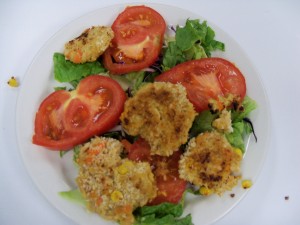
1. Combine salmon, ½ cup bread crumbs, carrots, corn, mayonnaise, egg, bbq sauce, and old bay seasoning in a bowl and mix until combined.
2. Use the mixture to create 8 patties (1/4 cup each) and coat the patties with ¼ cup breadcrumbs.
3. Heat 2 teaspoons of canola oil in a nonstick skillet over medium-high heat.
4. Cook patties 5 minutes on each side, until golden brown.
5. Prepare each plate with ¼ of the lettuce mixture and 2 tomato slices, sprinkle with grated carrots and lime juice.
6. Heat frozen corn on the cob and squeeze with lime for flavor.
This recipe was inspired by a Meal Makeover Moms No Whine With Dinner Cookbook recipe that Beth learned during her work with them!
One of salmon’s great characteristic is that it’s very versatile and can be used in a number of dishes. It’s low in calories and saturated fat, yet high in protein and other healthy nutrients like omega-3’s, selenium, niacin, vitamin B12, phosphorus, magnesium and vitamin B6. Salmon is what you would certainly call a “power food!” Wouldn’t you agree?
Next up, Sara and Stephanie demonstrated how to make a tasty dish of citrus tilapia and vegetable quinoa. Tilapia is a heart healthy, sustainable seafood choice and goes well with quinoa which is one of the only grains that contains a complete protein (all of the essential amino acids.) Tilapia is a vegetarian, small fish that originates in Africa. Because this fish eats a plant-based diet, it’s considered a sustainable seafood choice. The white fish is mild in taste and goes well with a variety of flavorings and seasonings.
Citrus Tilapia with Spring Vegetable Quinoa and Steamed Broccoli
Makes 4 servings
INGREDIENTS
2 tablespoons whole wheat flour
Freshly ground black pepper
1 pound tilapia fillets
1 tablespoon olive oil
1/2 cup freshly squeezed orange juice or high-quality store-bought 100% orange juice
1 lemon, zested and juiced
1/2 teaspoon grated fresh ginger
DIRECTIONS
1. On a plate, combine the flour and a sprinkle of pepper. Lightly dredge the tilapia in the flour.
2. In a large skillet over medium heat, add the oil. When the oil is heated, add the fish and cook for 2 to 3 minutes per side, or until golden and just cooked through. Remove the fish and set aside.
3. Add the orange juice, 2 tablespoons of the lemon juice, and the ginger to the skillet. Increase the heat and simmer for 1 to 2 minutes, or until thickened, stirring occasionally.
4. Taste and add lemon zest or more lemon juice if necessary.
5. Return the fish to the skillet, coat with sauce, and cook for 1 to 2 minutes, or until heated through. Serve with a side of steamed broccoli to complete your meal.
Citrus Tilapia is friendly to your planet, your wallet, and your waist line! Healthy fun fact: Eating fish, such as salmon or tilapia, as little as 1 to 3 times per month may protect against ischemic stroke and other chronic disease.
Quinoa is a whole grain, meaning it contains all three parts of the grain – bran, endosperm and germ – the parts that provide belly-flattening fiber and lower cholesterol. A great thing about quinoa is that it’s gluten free which means it’s safe for people with gluten allergies! And as if that wasn’t enough to convince you that quinoa is also a “power food,” the grain contains the amino acid lysine, which helps with tissue repair and growth which makes it great for athletes and exercise enthusiasts! While quinoa is considered a grain, it is actually more closely related to vegetables like spinach, swiss chard, and beets.
Vegetable Quinoa & Steamed Broccoli
INGREDIENTS
¾ cup dry quinoa
¼ cup red bell peppers
2 cups baby peas, frozen
½ cup scallions
½ cup grape tomatoes
2 tablespoons low fat Italian dressing
½ teaspoon dried tarragon
½ teaspoon black pepper
1 lb broccoli
DIRECTIONS
1. Rinse quinoa under cold running water and drain.
2. Bring 1 3/4 cups water to a boil in a small pot.
3. Stir quinoa into water.
4. Reduce heat, cover and simmer until tender and liquid is absorbed, 15 to 20 minutes.
5. Uncover and let cool.
6. Put cooled quinoa, pepper, peas, scallions, tomatoes, dressing, tarragon, and pepper into a large bowl and toss well.
7. Serve chilled or at room temperature.
8. In a colander, cover broccoli and steam over boiling water for 10 minutes or until desired tenderness.
Recipe modified from Epicurious.com
Each of these recipes yields 4 servings, so you can either cook for your friends or keep them in the fridge for the week. Now not only can you provide yourself with some great nutrients as well as shrinking your waist line while you’re at it, but you can avoid shrinking your bank account by following these cheap, healthy meals that are sure to get you hooked on fresh flavors!
For more Sargent Choice recipes, visit Our Favorite Recipes at Sargent Choice.
References:
Whole Foods Website
Meal Makeover Moms
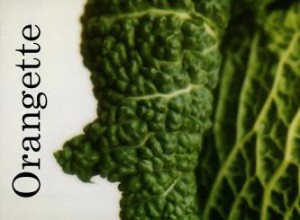

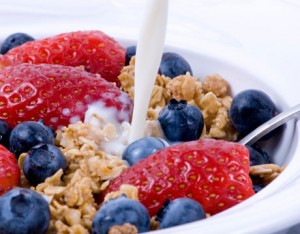
 Photo Source
Photo Source
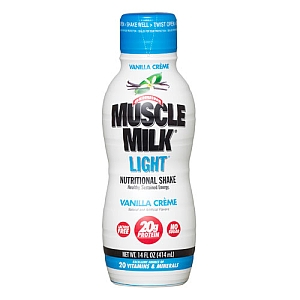
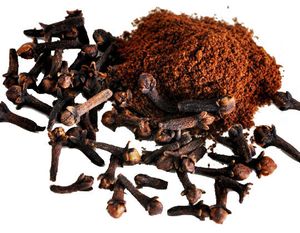


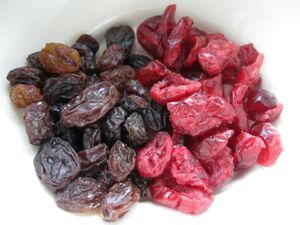
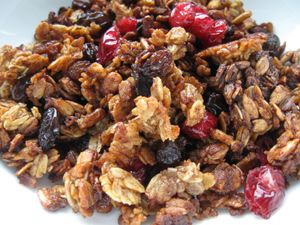 I hope you get a chance to try making this granola, either in your off-campus kitchen, or while you are visiting your family and friends. You can share the best of Sargent Choice!!
I hope you get a chance to try making this granola, either in your off-campus kitchen, or while you are visiting your family and friends. You can share the best of Sargent Choice!!


 Beth whipped up some seriously delicious salmon cakes! These salmon cakes resemble the more traditional crab cakes but they are made with omega-3 fatty acid rich salmon. “Salmon is not cheap!” you may be thinking. Ah, but think again. This recipe calls for the ever-so-convenient canned salmon which is just as nutritious as the fillets but doesn’t break the bank. Here’s the easy and cheap recipe!
Beth whipped up some seriously delicious salmon cakes! These salmon cakes resemble the more traditional crab cakes but they are made with omega-3 fatty acid rich salmon. “Salmon is not cheap!” you may be thinking. Ah, but think again. This recipe calls for the ever-so-convenient canned salmon which is just as nutritious as the fillets but doesn’t break the bank. Here’s the easy and cheap recipe!

